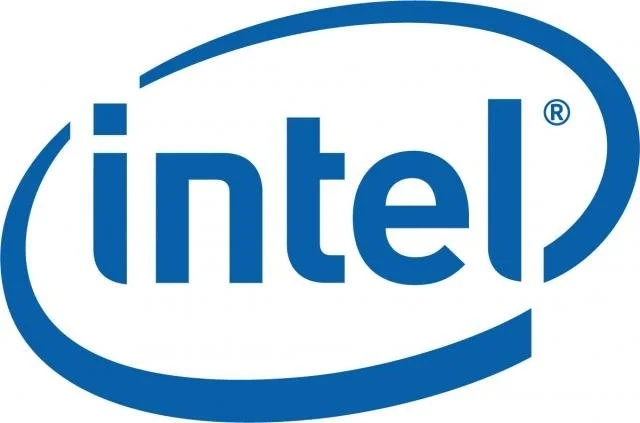Chris S. Crawford
Associate Professor
University of Alabama
Department of Computer Science
About Me
I am an Associate Professor of Computer Science at the University of Alabama. I direct the Human-Technology Interaction Lab. My work focuses on Brain-Computer Interfaces (BCI) and Human-Robot Interaction (HRI). My goal is to leverage novel neurophysiological sensing technologies, software engineering, and robotics to create tools and applications that support the exploration of Brain-Robot Interaction (BRI). I use a combination of Human-Computer Interaction (HCI) and BCI research to investigate how users interact with systems capable of adapting to their cognitive state.
Funding
NSF CAREER Award (PI)
$798,050
Link to NSF Award Page: CAREER: Engaging Rural Students with Next Generation Physiological Interfaces
Exploring Physiological Computing Education (PI)
$306,910
Engaging West Alabama Students with Next-Generation STEM (PI)
$300,000
Sensing for Data Science: A Web-based Interactive Learning Platform for Next Generation Secondary Education (Co-PI)
$1.2M
Link: Sensing for Data Science
Fostering elementary students' computing career aspirations through a physiological computing curriculum
$1.1M
NSF CPS RF Sensing for Sign Language Driven Smart Environments (Co-PI)
$416,252
Link: RF Sensing for Sign Language Driven Smart Environments
NIH SENSOR-BASED JUST-IN TIME ADAPTIVE INTERVENTIONS (JITAIS) TARGETING EATING BEHAVIOR (Co-PI)
$2.5M
Link: Sensor-Based Just-In Time Adaptive Interventions (JITAS) Targeting Eating Behavior
Past Research & Projects
Block-Based Interactive EEG Software
This research investigates ways to utilize Visual Programming Languages (VPLs) with neurophysiological measurements of electroencephalography (EEG) signals acquired with a Brain-Computer Interface (BCI). This data can be used to understand cognitive and affective states such as fatigue, cognitive workload, engagement, attention, and frustration. This work features a block-based programming environment capable of analyzing (near) real-time electroencephalography (EEG) data that enables users to quickly develop neurofeedback applications. See 'Brain-Computer Interface for Novice Programmers' (SIGCSE 18') for more information.
Brain-Drone Race
The Brain-Drone Race is a competition featuring users' cognitive ability and mental endurance. During this event competitors are required to out-focus opponents in a drone drag race fueled by electrical signals emitted from the brain. On April 16, 2016, 16 participants competed using the Emotiv insight headsets and DJI Phantom 2 drones. Although others had previously demonstrated drone manipulation via EEG, this was the first public demonstration of a competitive Brain-Drone event. For more information visit www.braindronerace.com.
Televoting: Voting for Deployed Military Personnel
Many members of the armed services are overseas during elections. As a result, they are unable to cast their ballot in person. Although the Uniformed and Overseas Citizens Absentee Voting Act (UOCAVA) gives soldiers located overseas the right to mail in absentee ballots, they are often left uncounted due to issues with shipping. This research investigates Televoting, an approach to Internet voting (E-Voting) modeled after Telemedicine systems that utilizes video communication technology. Televoting attempts to address security issues that have plagued previous E-Voting platforms by producing a paper ballot instead of storing votes on a server. See 'Televoting: Secure, Overseas Voting' for a discussion of the system design and the voting process users experience when using Televoting.
Multi-robot Surveillance Systems
Unmanned robotic systems are being used in the military for surveillance and reconnaissance missions. However, current systems utilize a one (or multiple) operator/one robot interface. In addition, human-in-the-loop models or systems that have an autonomy component create issues because human operators tend to intervene more frequently if their expectations of the autonomy are not met. This research investigates the impact spatial and temporal cues have on operators' trust in human-multi-robot systems. See 'Affecting operator trust in intelligent multirobot surveillance systems' for a discussion on the system design.
Additional Media
News
Alumni Spotlight: Chris Crawford
By: University of Florida
Chris Crawford, Ph.D., may have taken a different path in life had a storm not fried his computer. “It was literally a lightning strike that propelled me into computer science,” said Dr. Crawford (HCC Ph.D. ’17), an assistant professor at the University of Alabama Department of Computer Science... Read More













